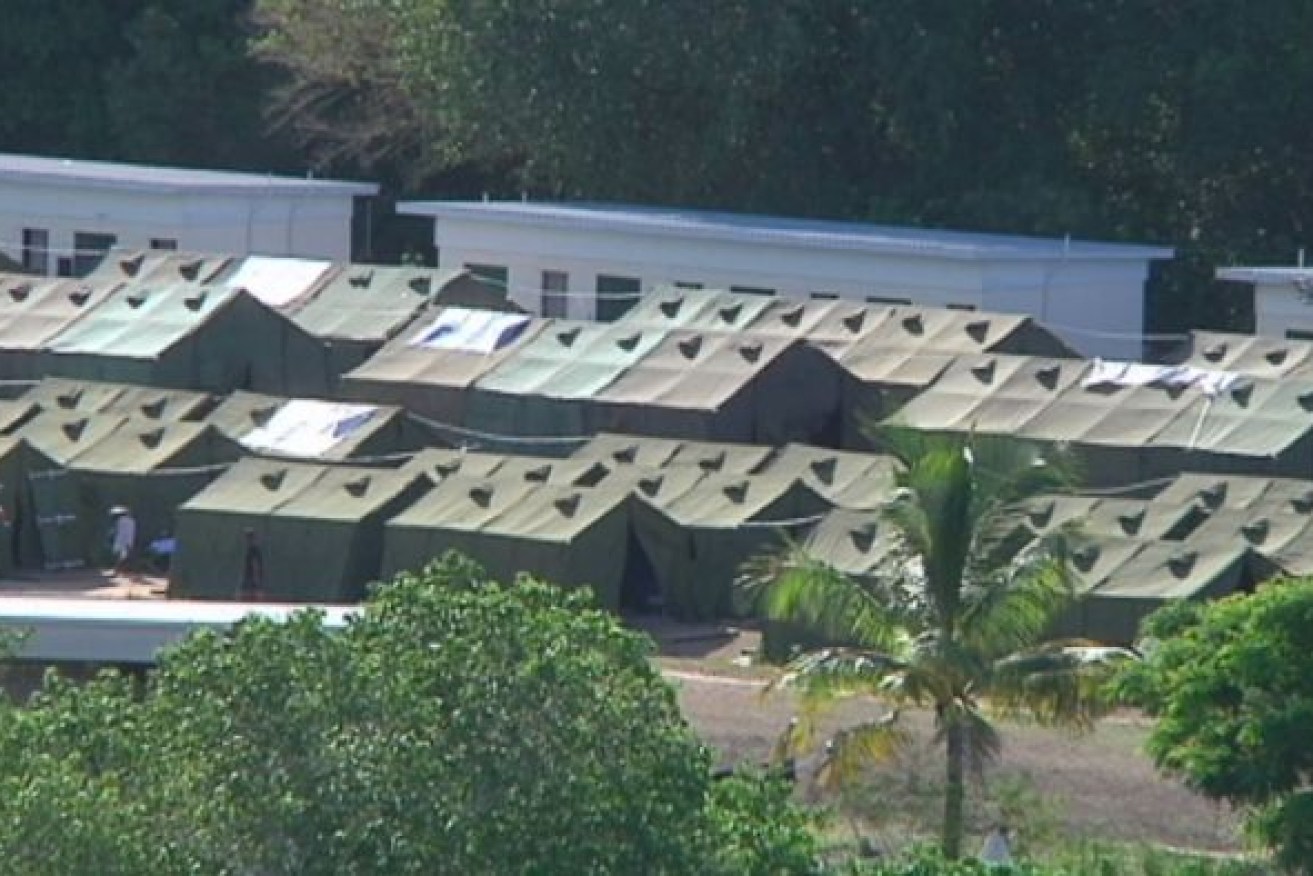Nauru: the story that will ‘stun Australia’

Doctors hold concerns for the health of asylum seekers on Nauru.
Channel 9’s A Current Affair has beaten a string of media outlets to gain unprecedented access to Australia’s controversial offshore detention centre on Nauru.
The TV crew’s access to Nauru broke a media blackout at the detention centre, prompting Nine to release a statement saying Monday’s edition of the public affairs show would “stun Australia”.
• EgyptAir black box found
• British MP Jo Cox shot, stabbed to death
• Australian cattle being ‘bludgeoned in Vietnam’
The statement promised: “We’ll take you inside the Australian-run regional processing centre.
“It marks the very first time that a television crew has been granted access to the controversial facility.

Tracy Grimshaw’s ACA breaks media blackout. Photo: Getty
“Our cameras will bring you exclusive footage on how asylum seekers and refugees are really living.”
There is scepticism, however, regarding how accurately ACA will be able to portray life in the centre.
Legislation was passed last year making it illegal for staff at offshore processing centres to engage in contact with media.
ABC News reported that staff working on Nauru were worried about the consequences of speaking out about the conditions in the centres.
They had previously disclosed allegations of sexual abuse in centres, but the implementation of the Border Force Act contained secrecy provisions that made speaking out a criminal offence.
Foreign journalists wanting to visit Nauru must pay an $8000 visa fee, which is not refunded if the application is rejected.
Opposition Leader Bill Shorten has promised that a Labor government would allow media to visit Nauru and Manus Island because “this nation operates best if you treat people as smart and intelligent and tell them what’s going on”.
The Liberals responded to Mr Shorten’s pledge by saying access to the centres was determined by the Papua New Guinea and Nauru governments.

Staff at the detention centre fear the consequences of speaking to the media. Photo: ABC
Finance Minister Mathias Cormann said media should not be allowed access to detention centres because it would supply people smugglers with information.
Lawyer and asylum seeker advocate George Newhouse told Fairfax Media that ACA would likely have been shown a sanitised version of the island.
“I’m sure that ACA journalists will be doing their best on Nauru, but it’s likely they will not have free access to all of the island and they may well be being taken to selected locations,” he said.
“The centre was reopened in 2012 and it has taken four years to get it into a state where film crews can see selective parts of it – four miserable years.”
Mr Newhouse doubts ACA will film “mouldy tents where families slept” or “bush tracks at night where refugee women are being abducted and raped”.
“We don’t know how they got permission to go to Nauru and what conditions were placed on them. What did ACA have to agree to in order to get their visas?” he said.
News outlet New Matilda reported that a family allegedly approached by ACA were left anxious about their safety on Nauru.
Lebanese woman Rana Dayni feared she was filmed even though she requested not to be.
“I am very, very angry … I can’t sleep today. Tonight I am very sick,” Dayni said.








